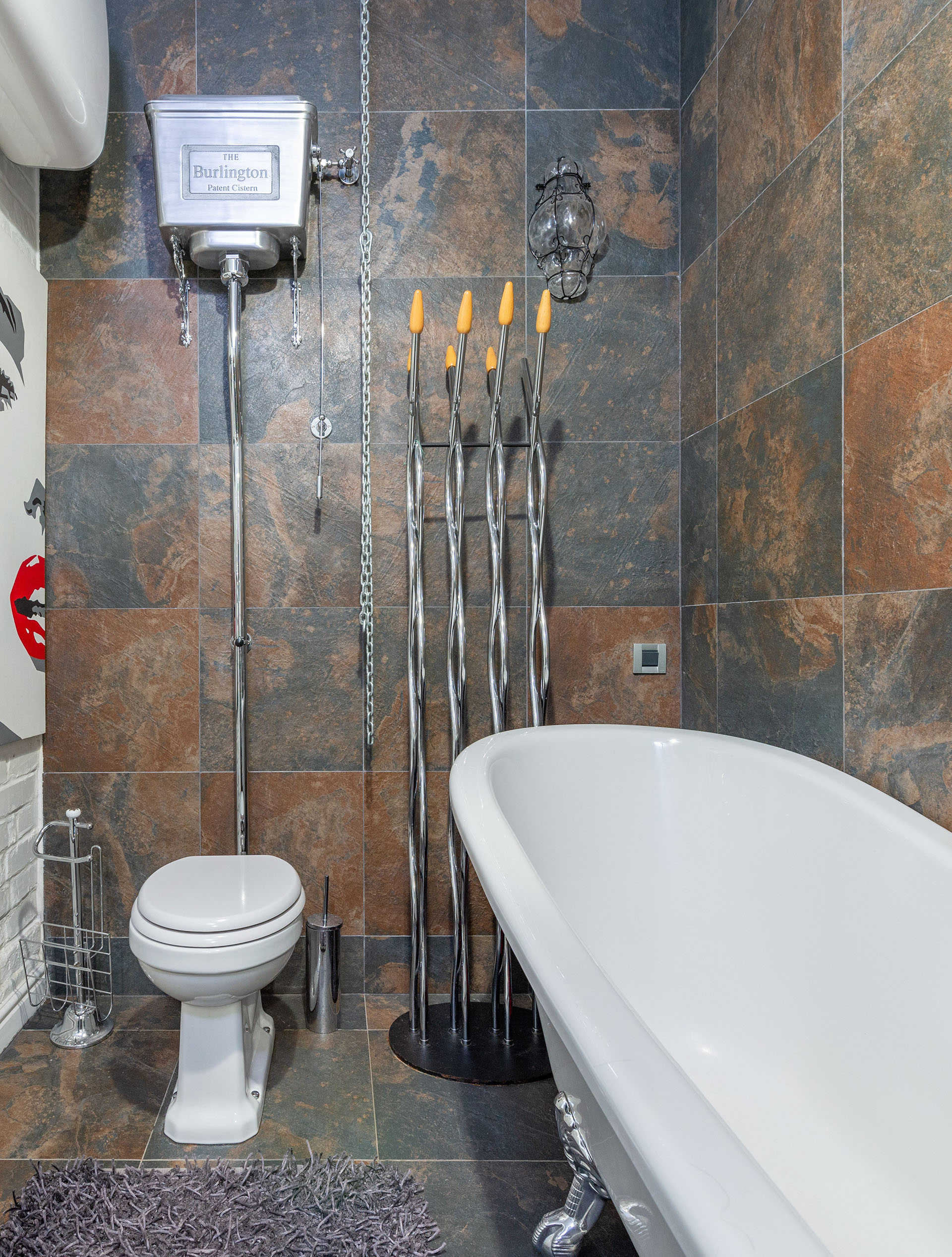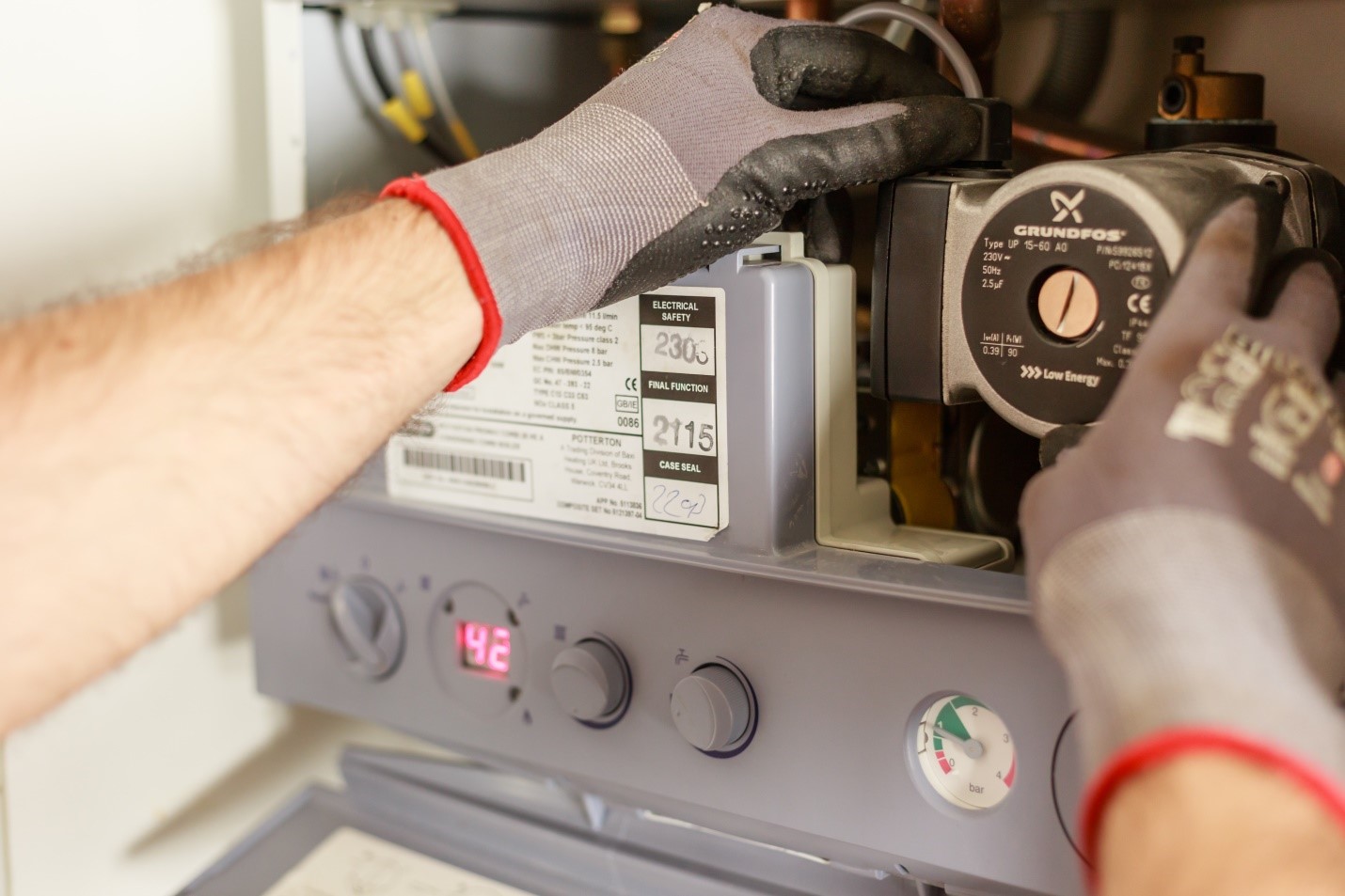Home Improvement
When to Call For Plumbing Services

If you are having trouble with your plumbing, you may need to know how to troubleshoot your issues before you call a plumber. There are many common plumbing problems you may encounter, including leaky pipes, clogged drains, and rattling pipes. Regardless of the problem, there is an easy fix for each of these issues.
Leaky pipes
Leaky pipes are a common problem, and they can come from any pipe in your home, including toilets and pipes under the sink. Leaks not only waste large amounts of water, but they can also cause damage to your home.
Water rots wood, causes metal to rust, and can even be a breeding ground for insects and bacteria. Click here for more information about bacteria. If you have any concerns about a leak, it is best to contact a plumber for help.
Leaky pipes can be caused by a variety of issues, including corrosion, age, or faulty joints. Understanding which type of pipes you have will help you determine how to solve the problem. Leaking pipes are a serious problem that needs to be fixed immediately.
Another simple way to detect a leak is to check the water quality in the pipes. If the water is discolored, it is most likely caused by a leak. You can check for corrosion using a plumbing test kit. If the test kit emits a chemical reaction immediately, it is an indication of corroded pipes. If the pipe is corroded, you must flush it out thoroughly with a water hose.

Clogged drains
Clogged drains can be caused by a wide variety of factors. The best solution is to prevent a clog before it happens in the first place. Avoid flushing down things you don’t want to be washed down the drain, and avoid adding more objects or chemicals to your drain.
First, check the drain piping. A clog in the piping between the building and the septic tank can cause a backed up main drain. If the clog is inside the building, use a plumbing snake to clean it. Roots or a collapsed drain line can also clog a drain.
Using a drain snake is a simple, effective way to unclog a drain. Use a drain snake a few feet at a time, and push gently to avoid damaging the pipes or pushing the clog further down the pipe. The drain snake should hook onto the obstruction and pull it up. Repeat until the blockage has cleared. In addition, you should try running hot water through the pipes to make sure there is no more buildup.
Rattling pipes
Rattling pipes are a common sign of a plumbing problem. The noise is usually caused by water moving rapidly through your pipes. It may also be caused by high water pressure, so you can check your water pressure by turning the water off. If the pipes are rattling, they should be repaired immediately.
You can also try to drain the air chambers that may be inside them by opening faucets or flushing your toilets. If these methods do not work, you should call a plumber to come and repair the pipe. Otherwise, you may end up with a flood in your home, which can lead to costly repairs.
If the pipes are rattling, it is likely that they’re not properly secured. You can ask a plumber like the ones found here: iconplumbers.com to check them for loose fasteners to prevent rattling noises. The loose fasteners may be causing the noises, and re-securing them can solve the problem.
Rattling pipes can also be caused by the buildup of minerals in the water. Minerals such as calcium and magnesium can accumulate inside the pipes and circulate through them, which can cause the pipes to make noises. This sludge rubs against the walls of the piping and causes the pipes to vibrate.
Another common problem that causes water pipes to rattle is high water pressure. When water pressure is too high, the pipes will rattle against the walls and each other. Usually, this problem can be fixed by lowering the pressure in your plumbing system.
Mold growing in plumbing
If you notice that you have mold growing in your plumbing, it is time to fix the problem. If you want to get rid of it once and for all, there are some simple steps you can take. The first step is to make sure that you have clean plumbing.
You should also keep your bathroom as dry as possible. Use a fan in the bathroom before and after you take a bath. Also, check the plumbing fixtures for leaks and loose pipes. If you notice mold, use hydrogen peroxide or bleach to clean it up. Keeping an eye on your plumbing is crucial to prevent it from spreading.
Mold is an extremely dangerous threat, especially for those with asthma or allergies. Click the link: https://www.cdc.gov/mold/faqs.htm for more information. Additionally, it poses a significant risk to people with compromised immune systems. Because it can be hard to see in plumbing, it’s often misdiagnosed as dirt or soot. The problem is even worse in humid areas such as basements and crawl spaces. While it is difficult to spot mold in water pipes, it’s important to note that it only needs three key ingredients to grow. This combination of ingredients makes it easy for it to spread to other areas of the home.